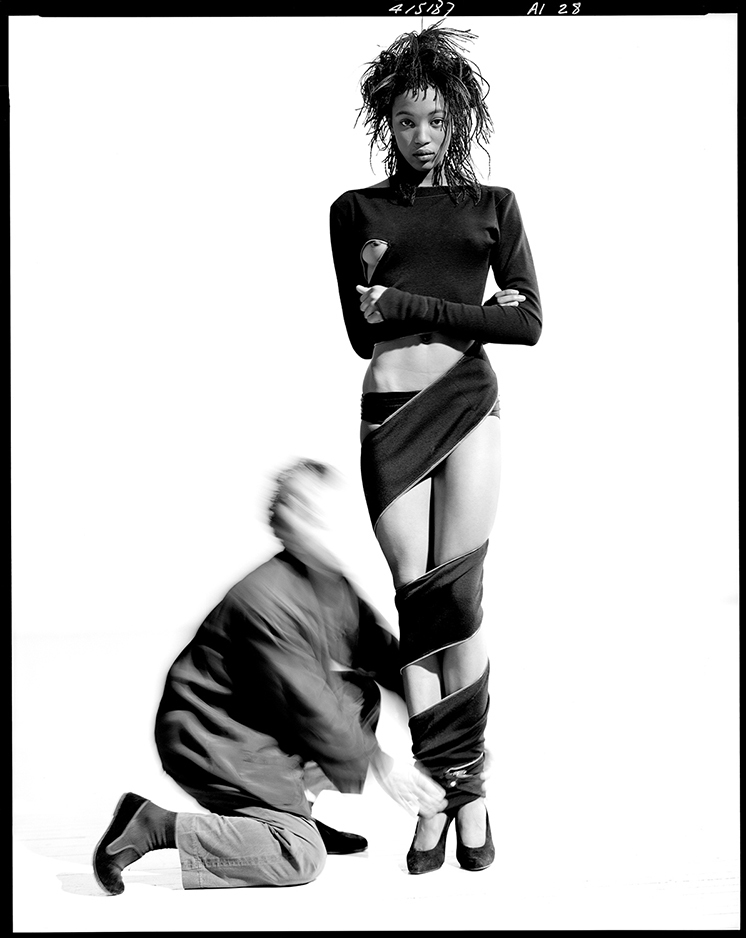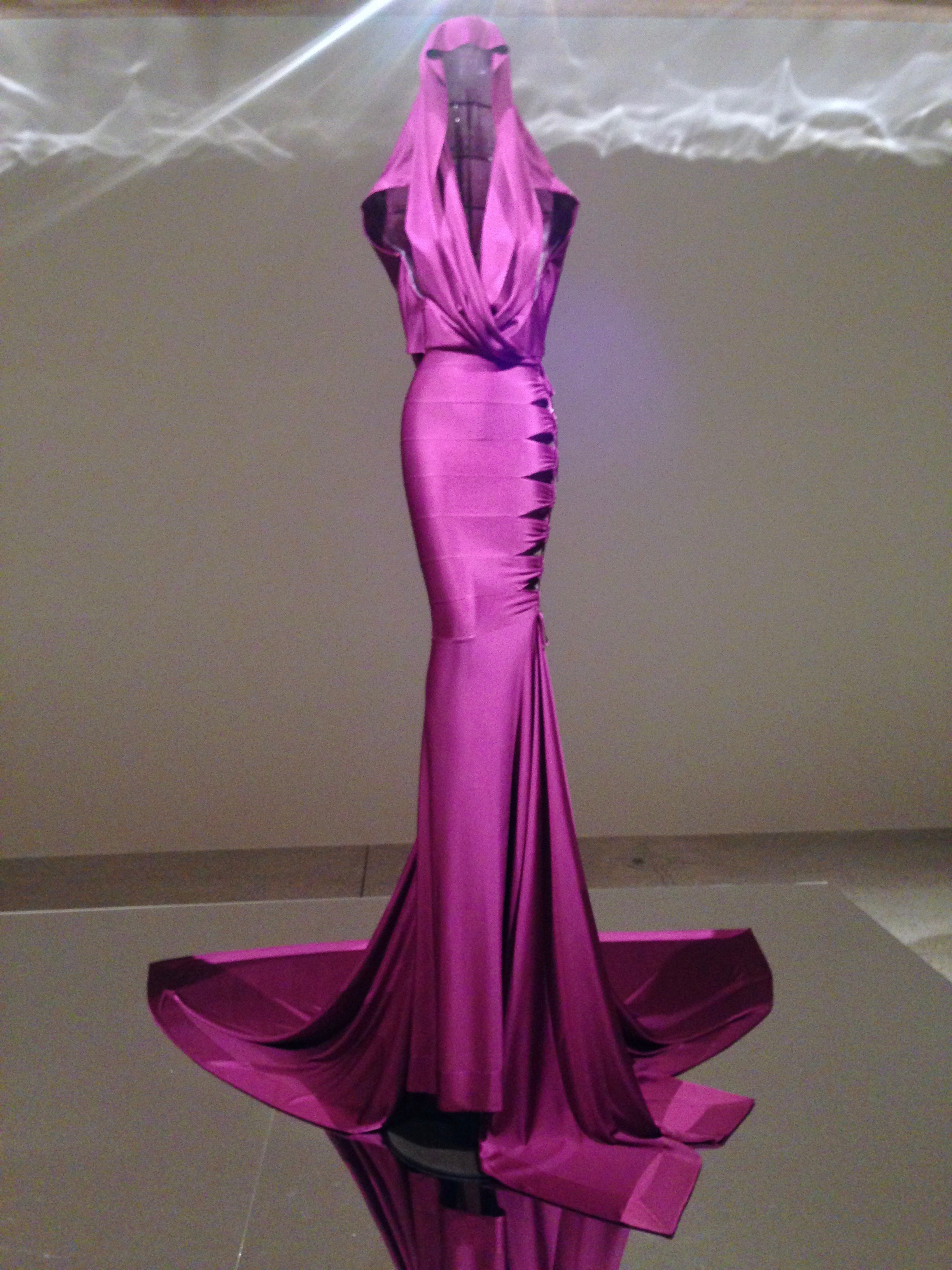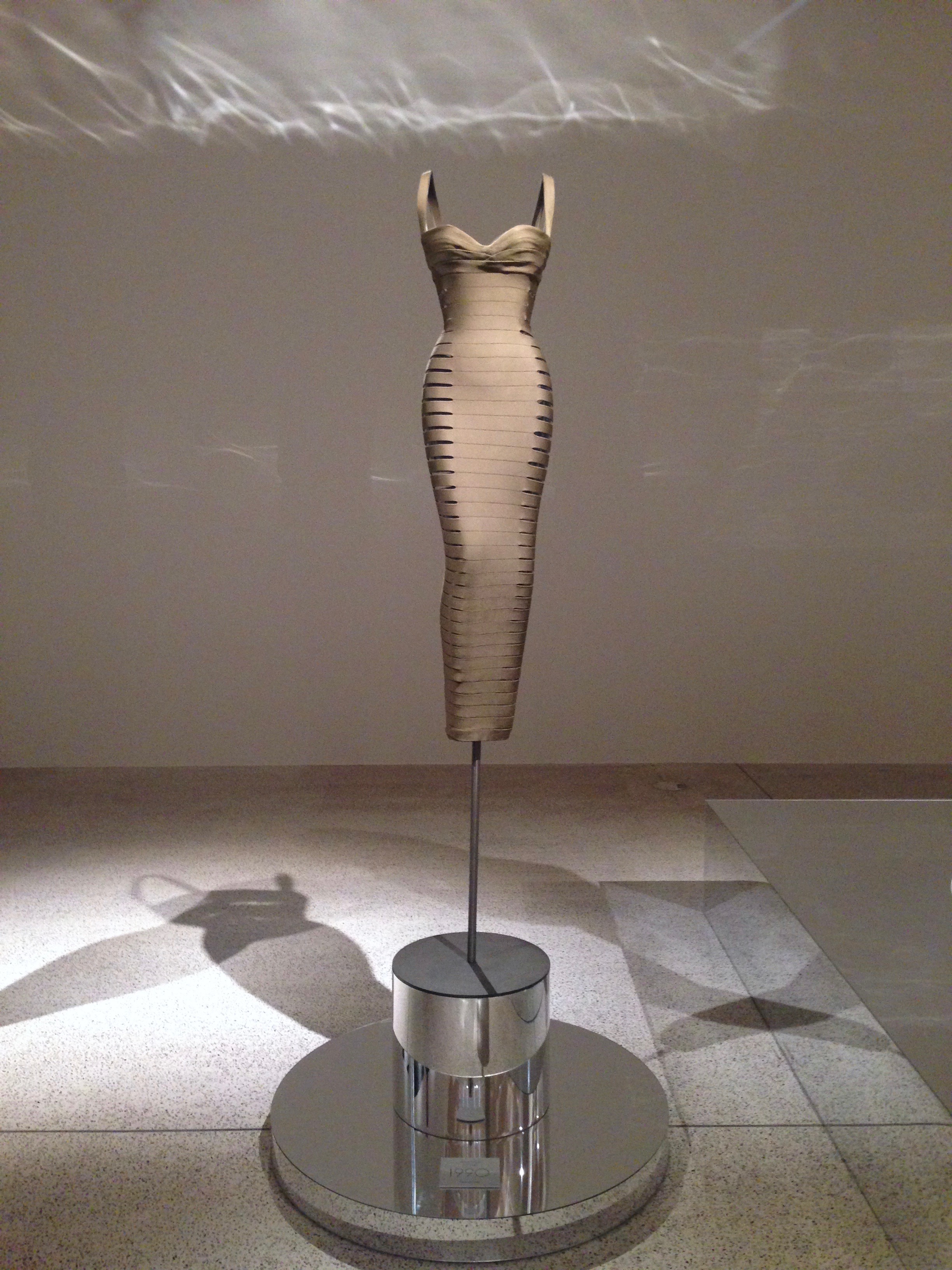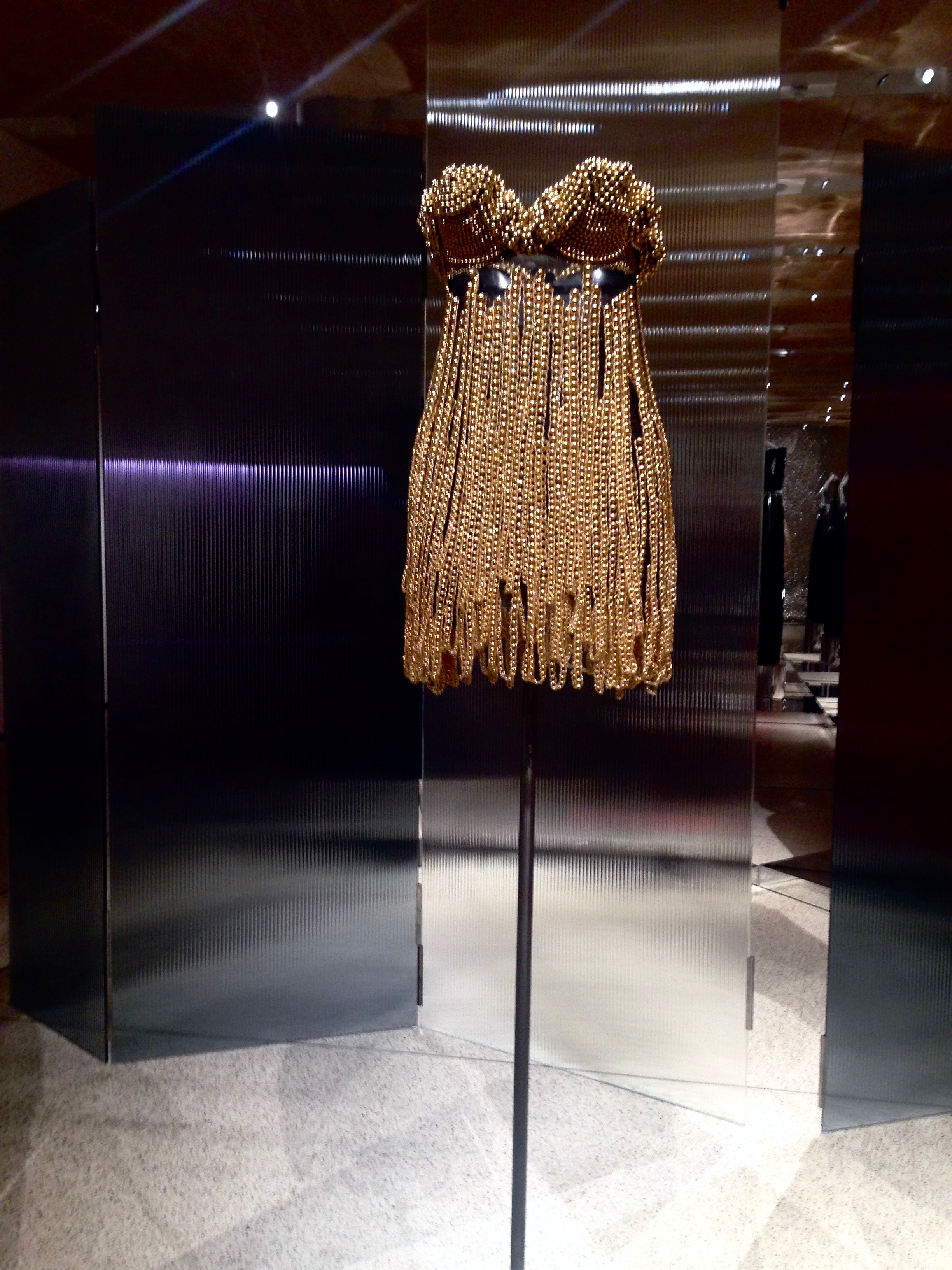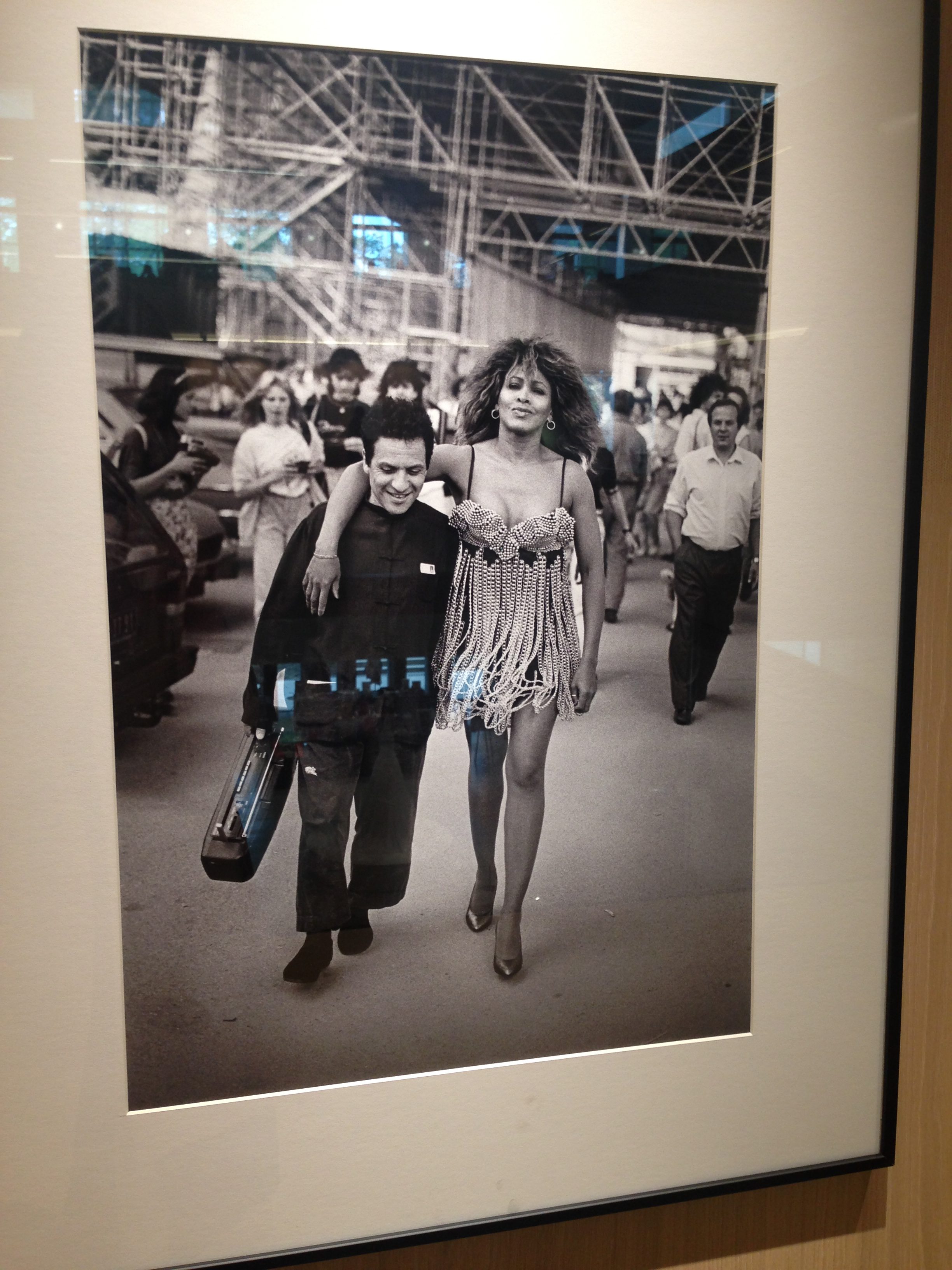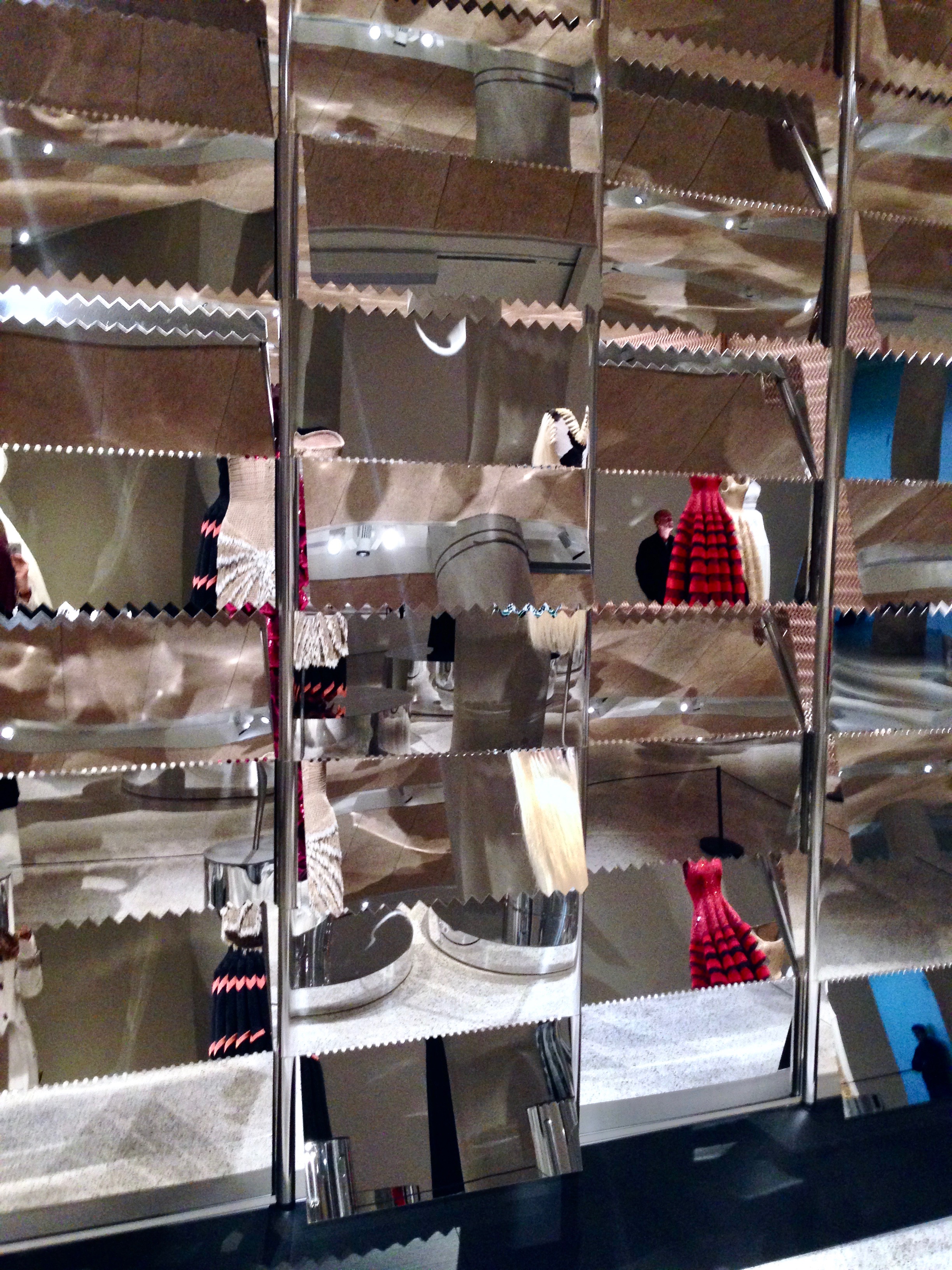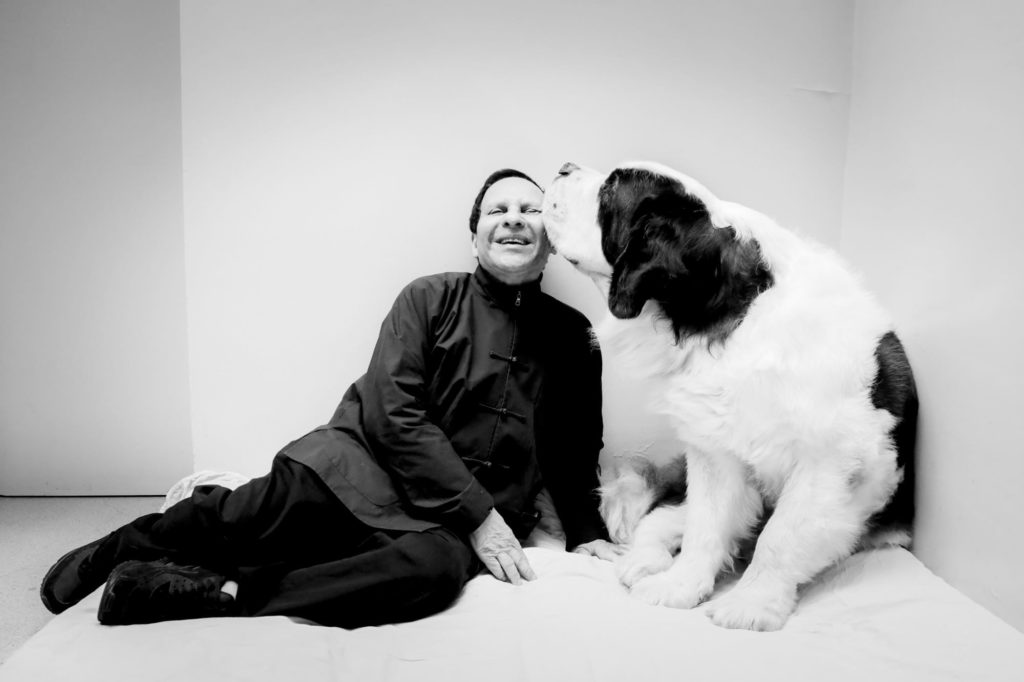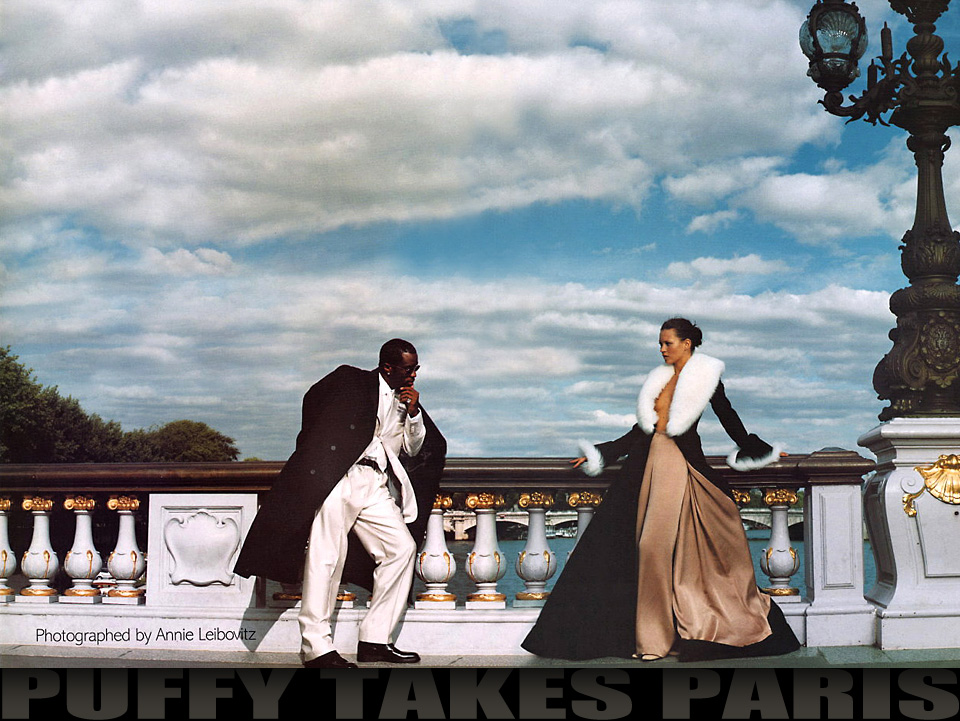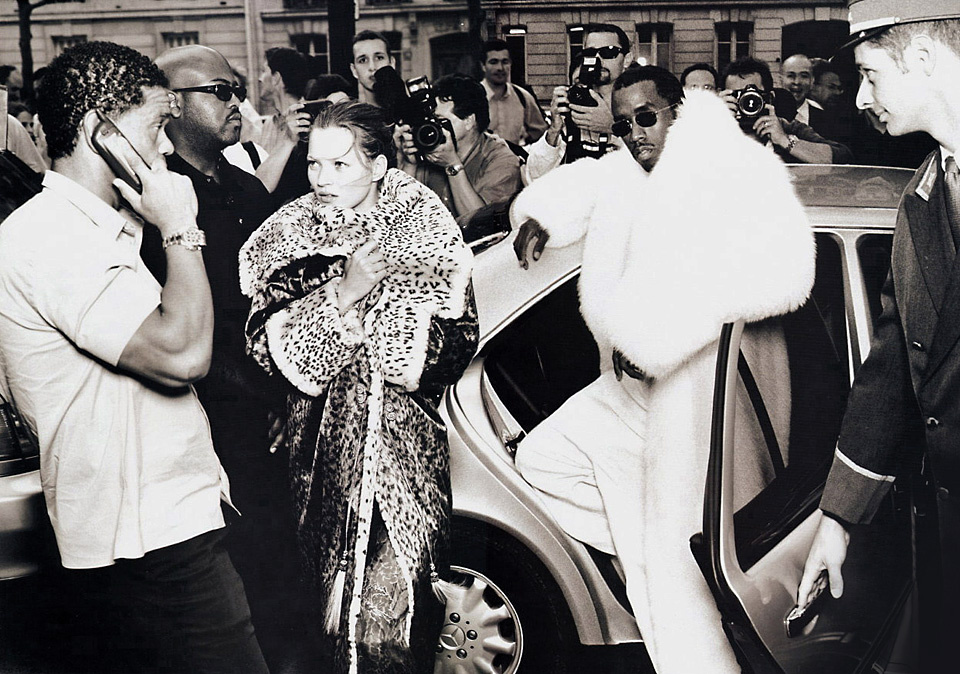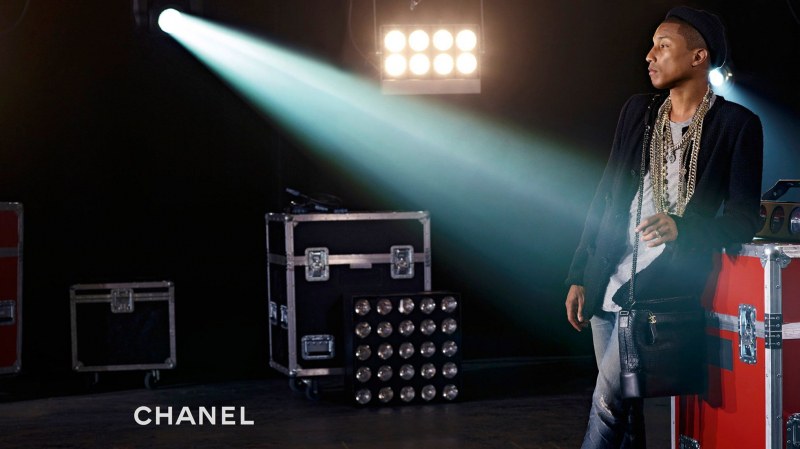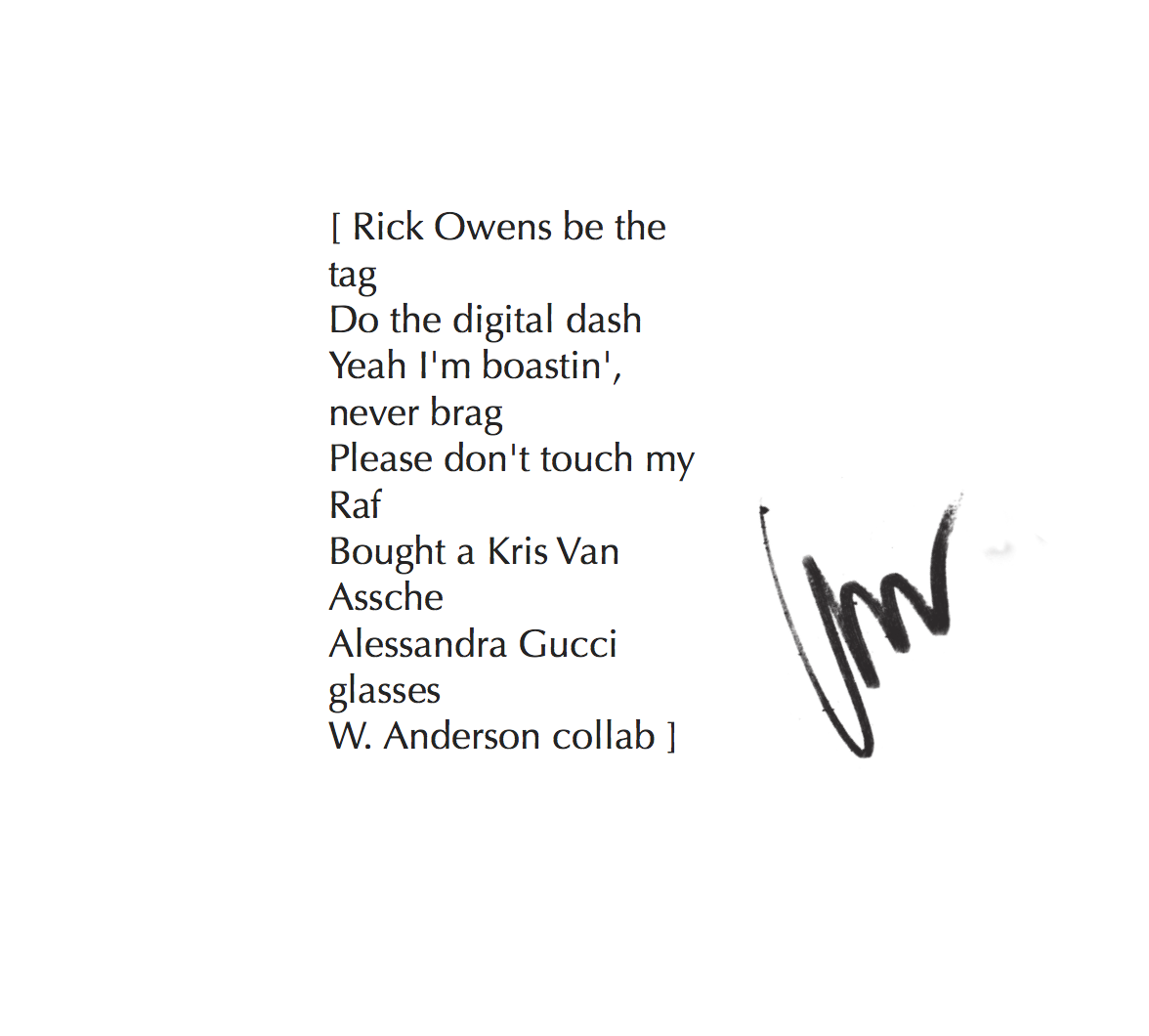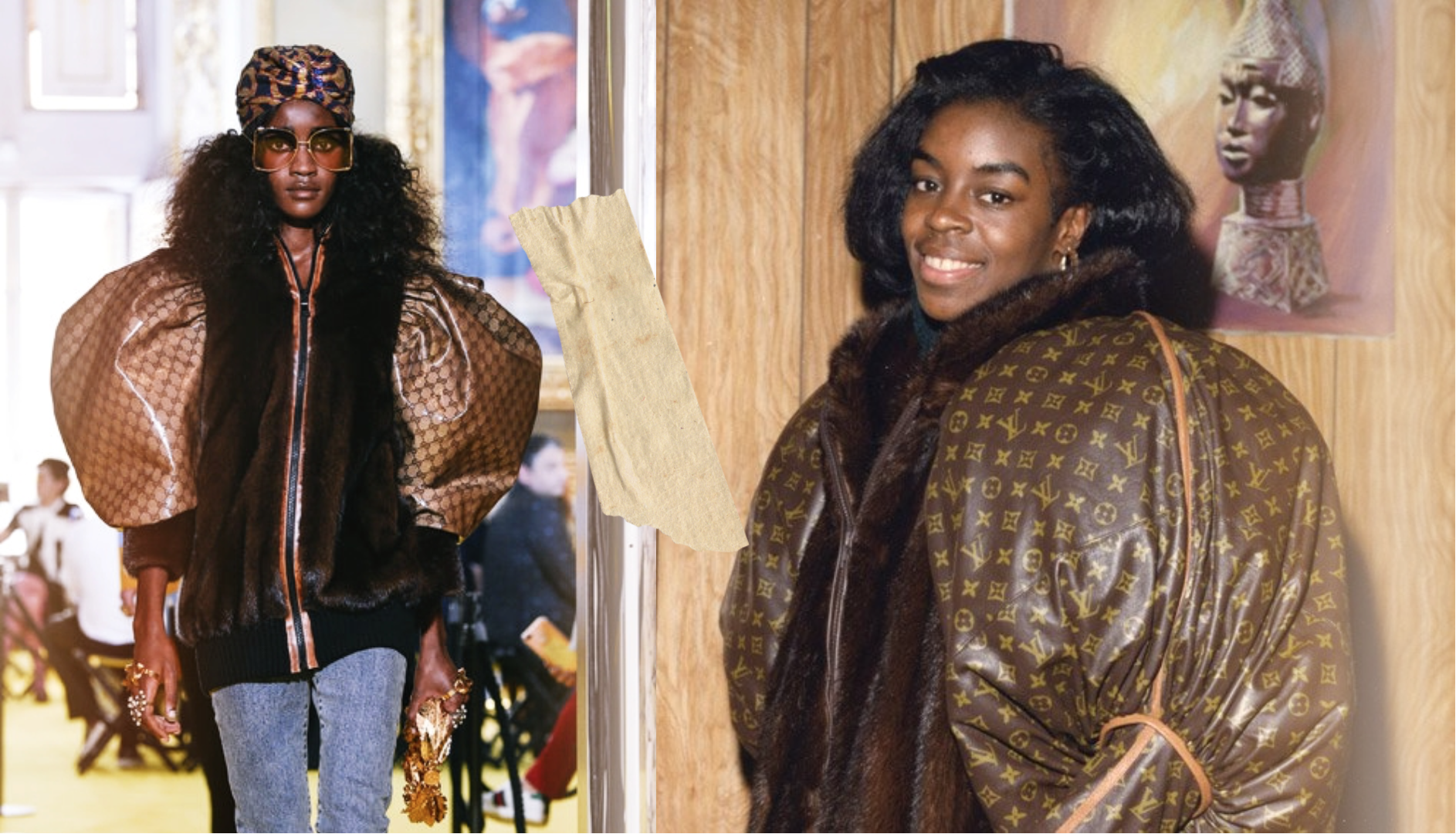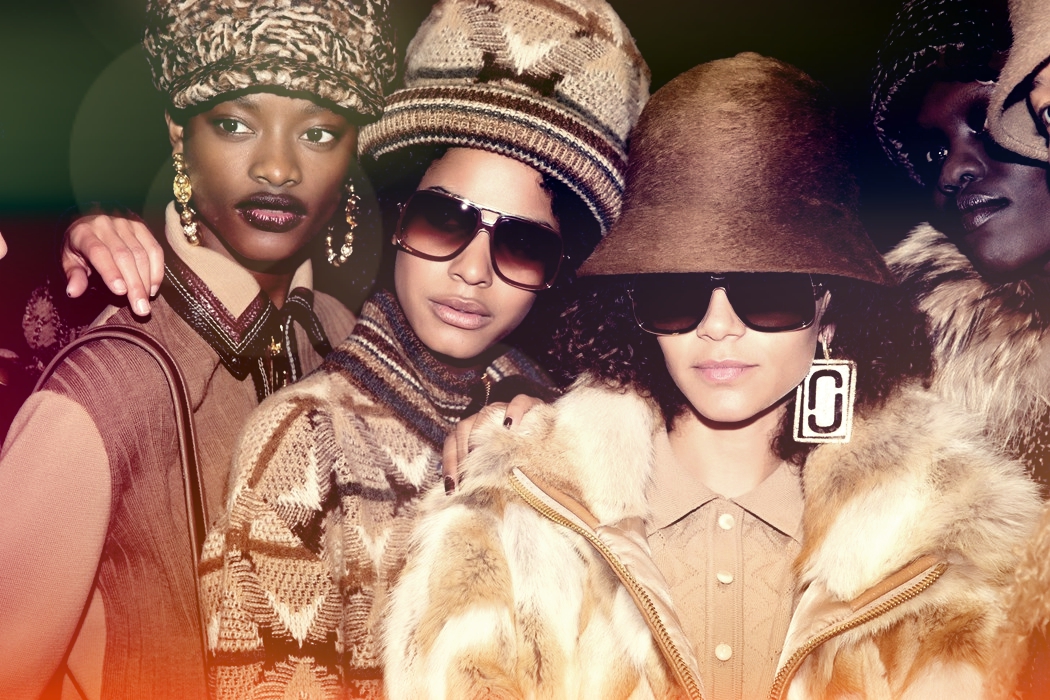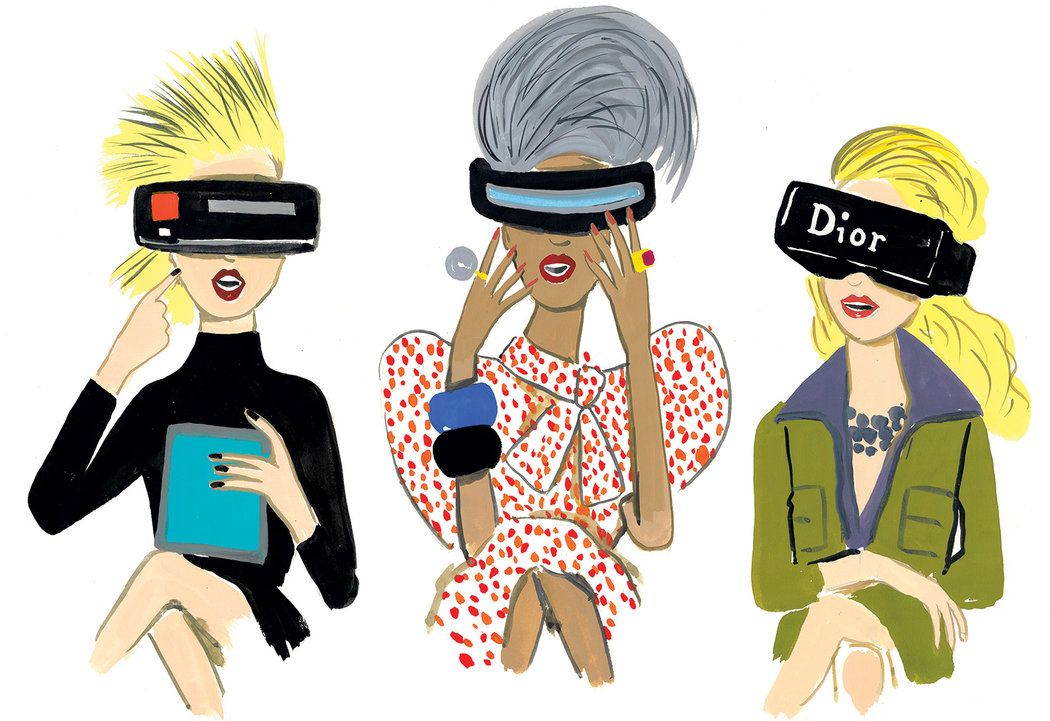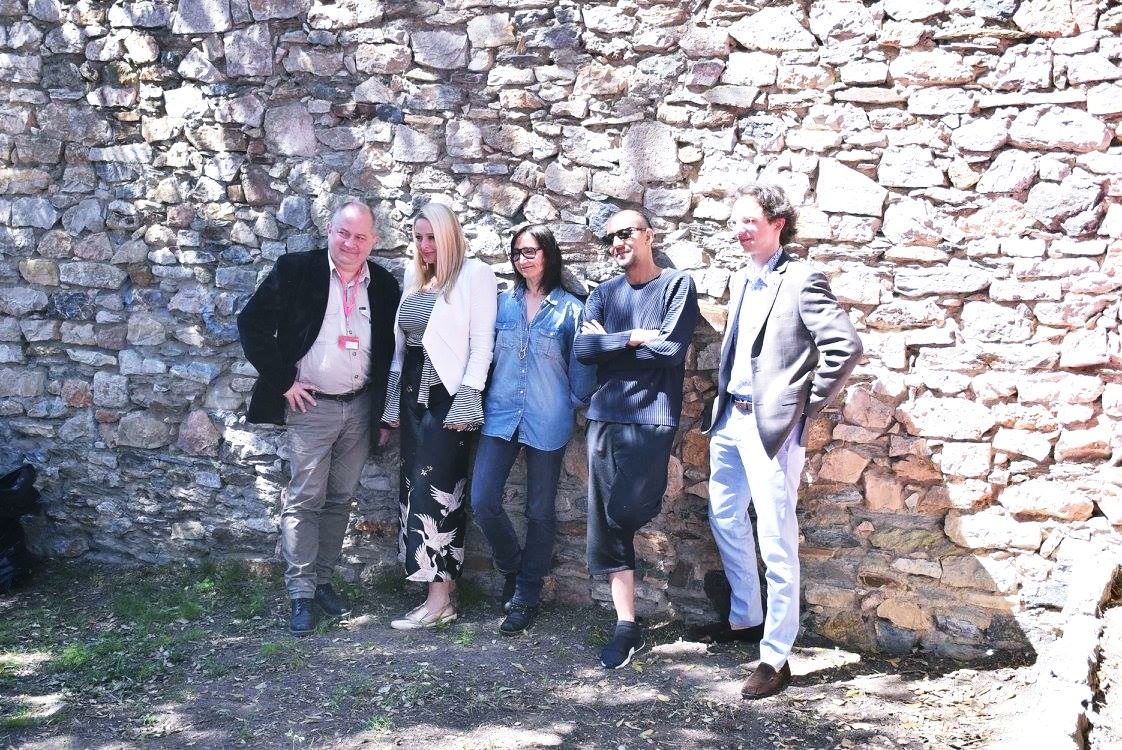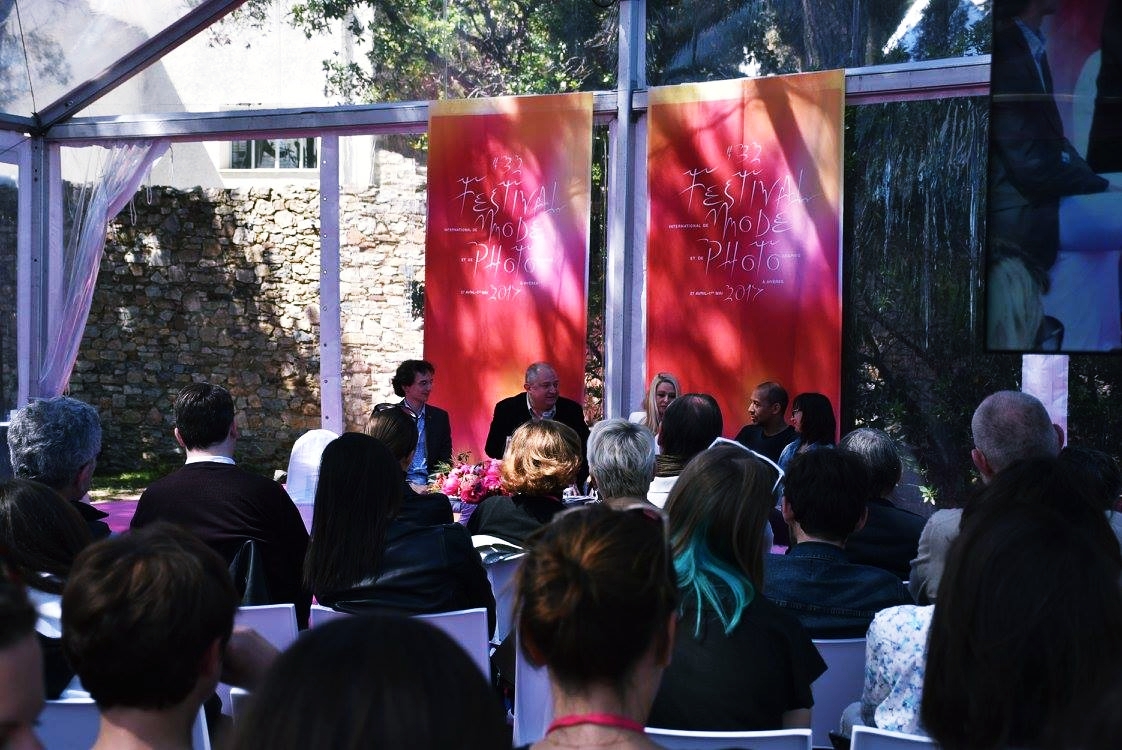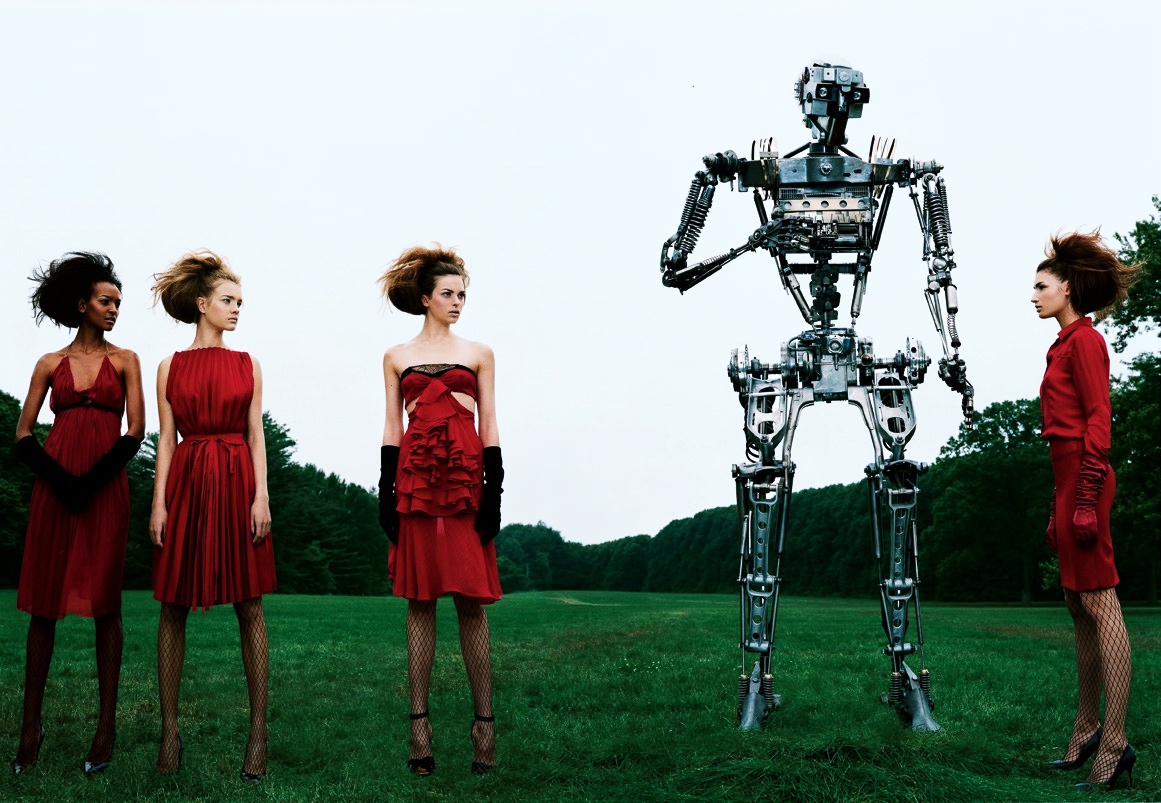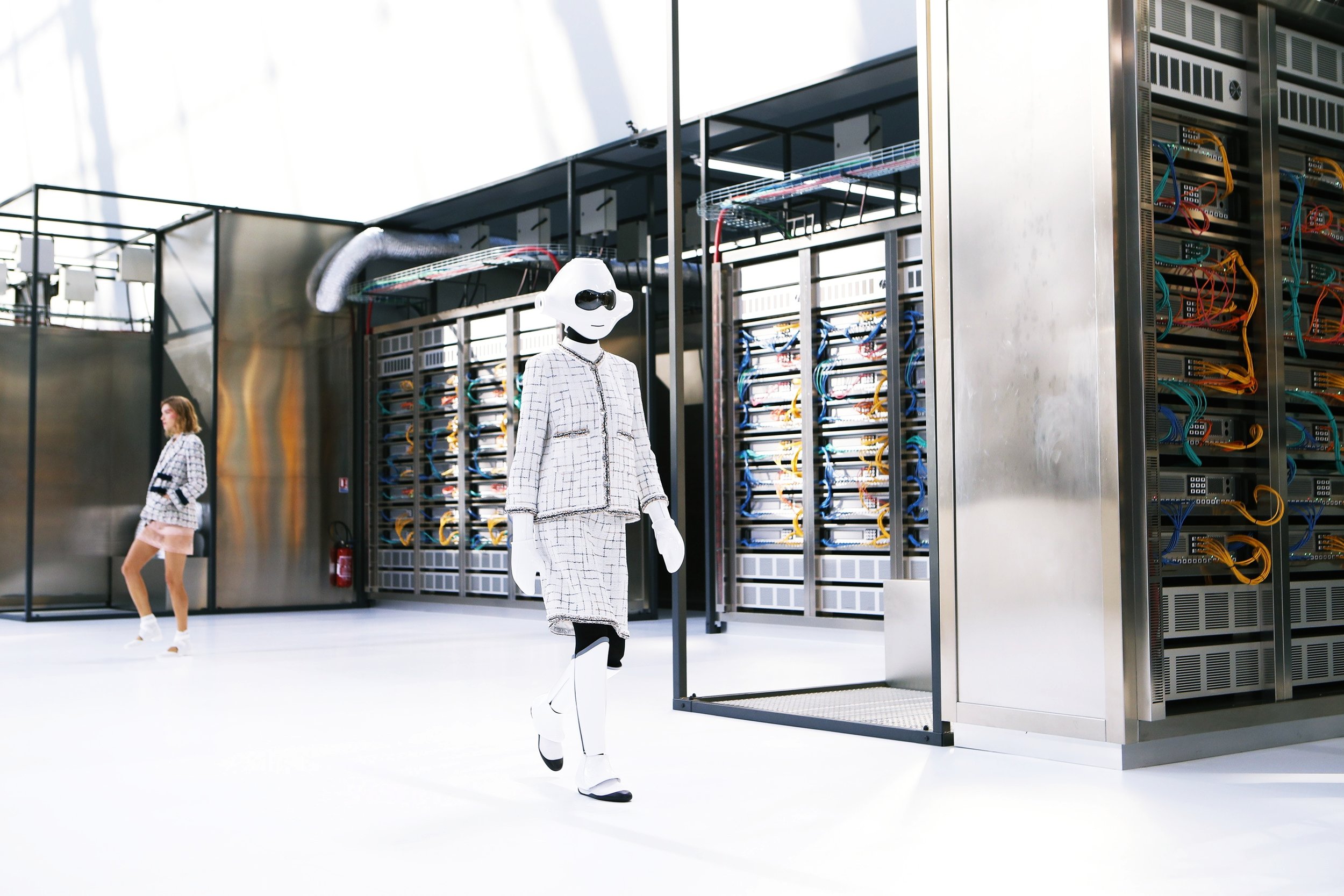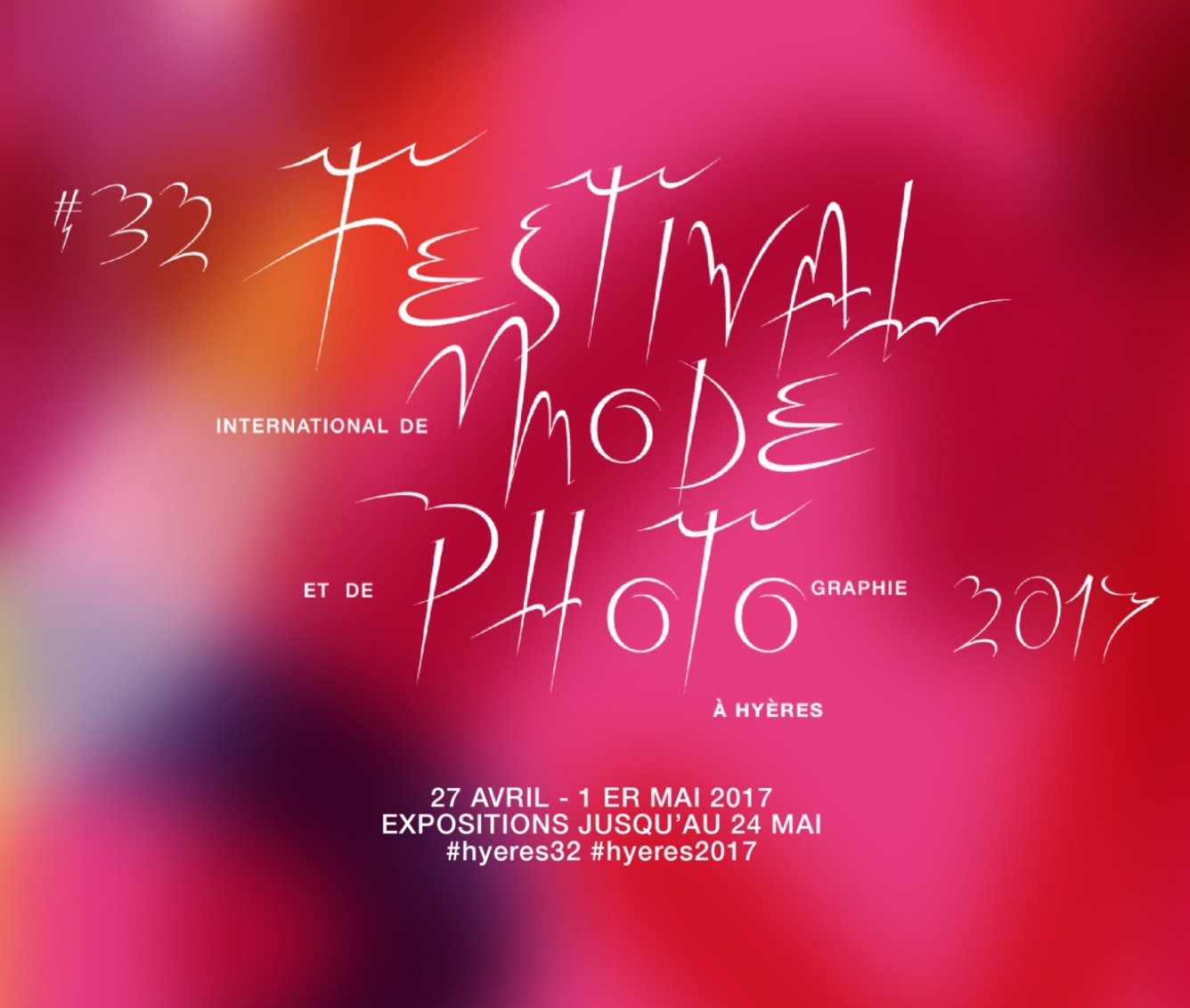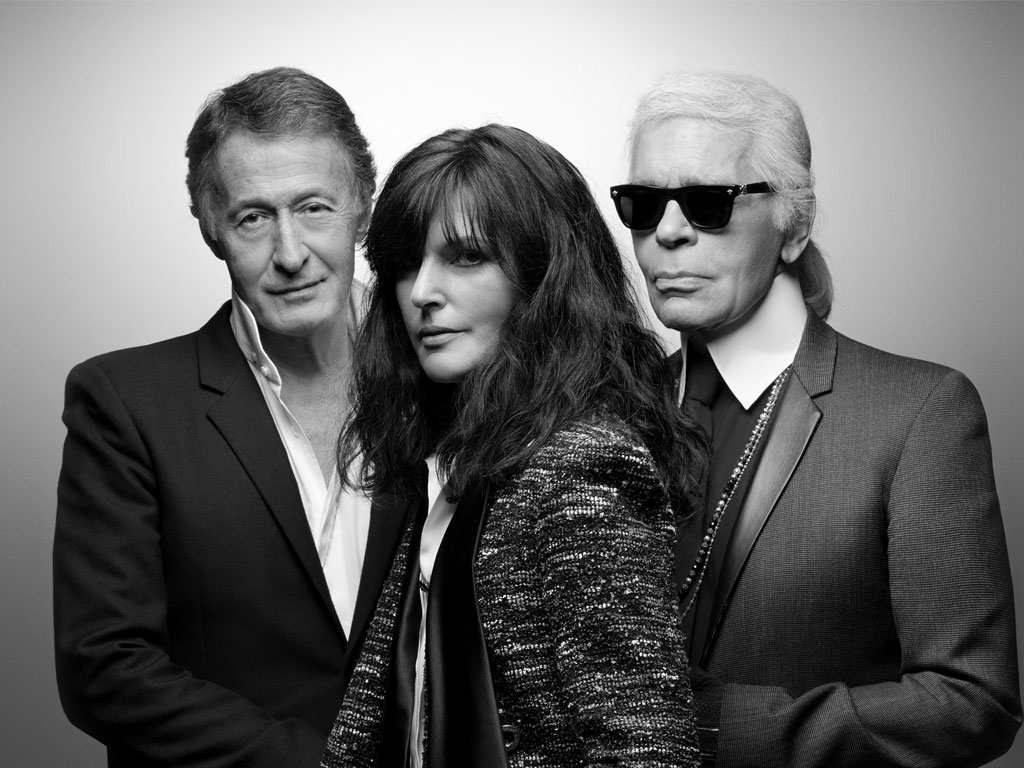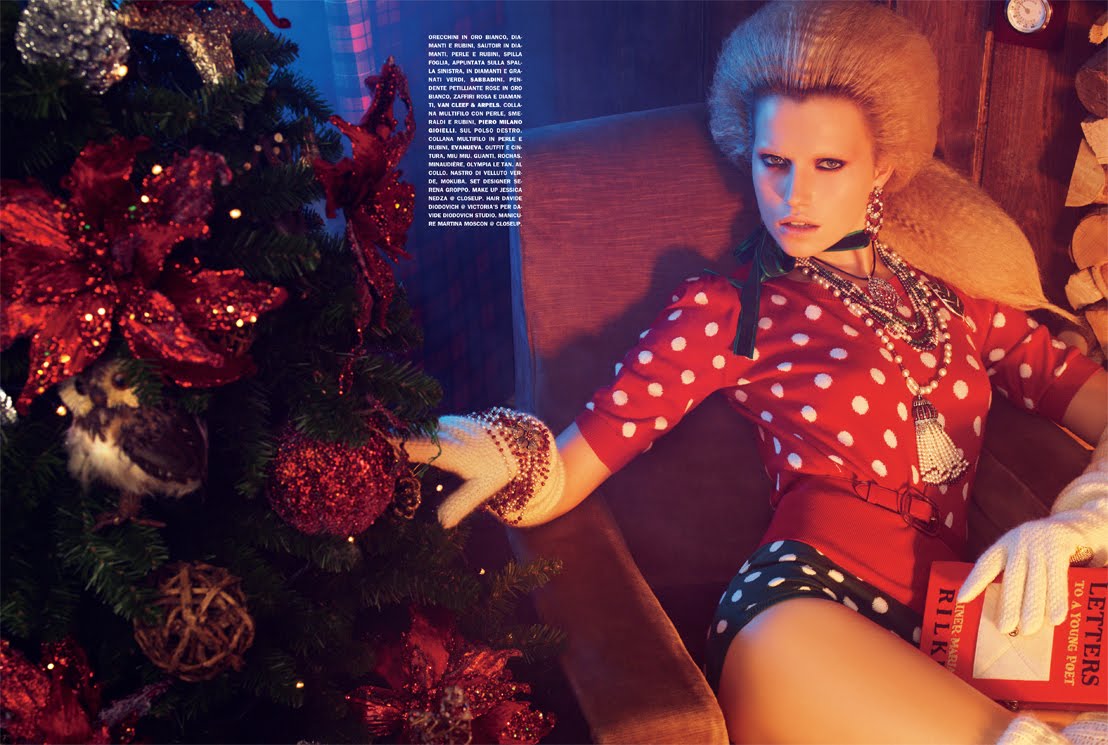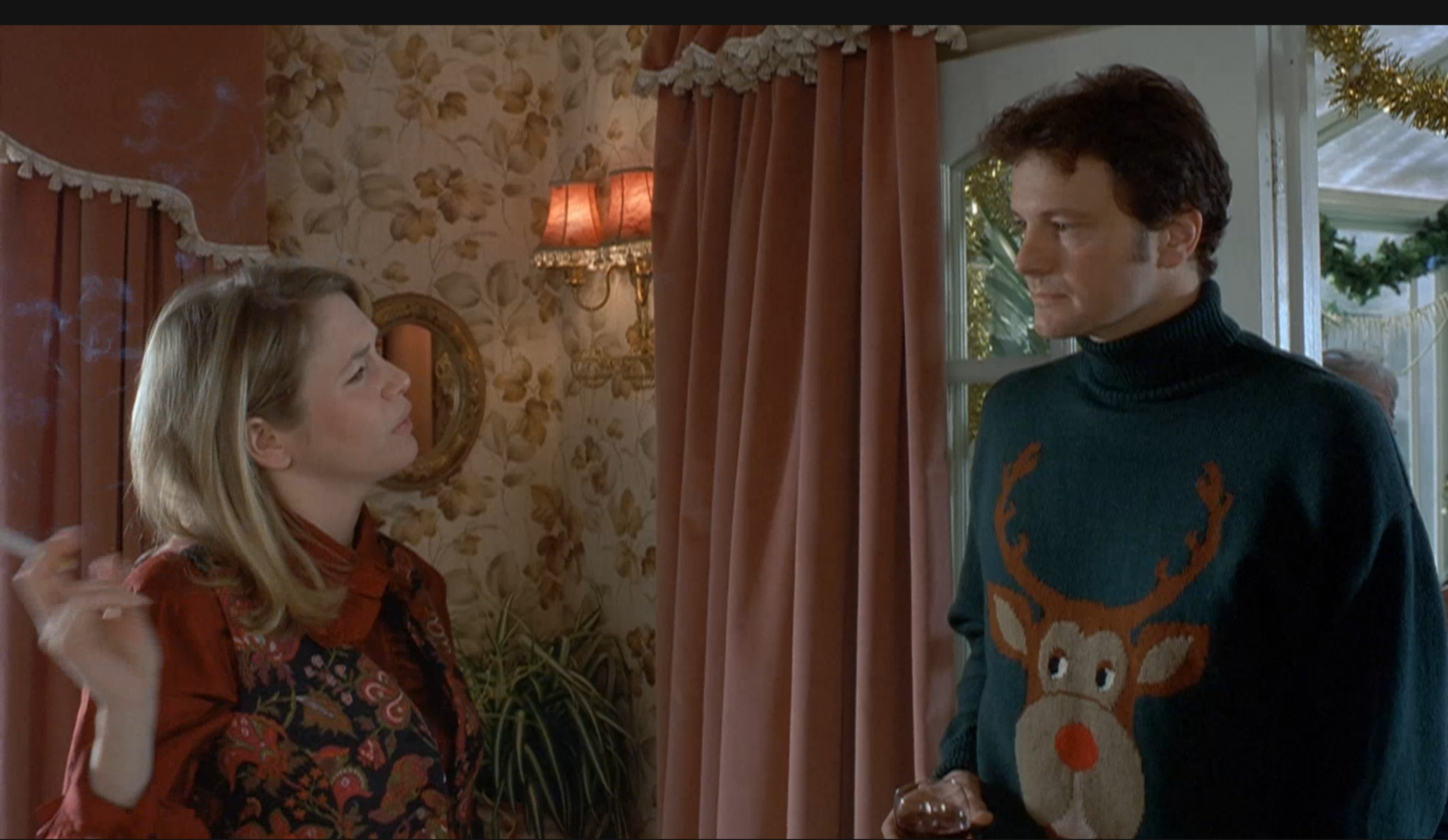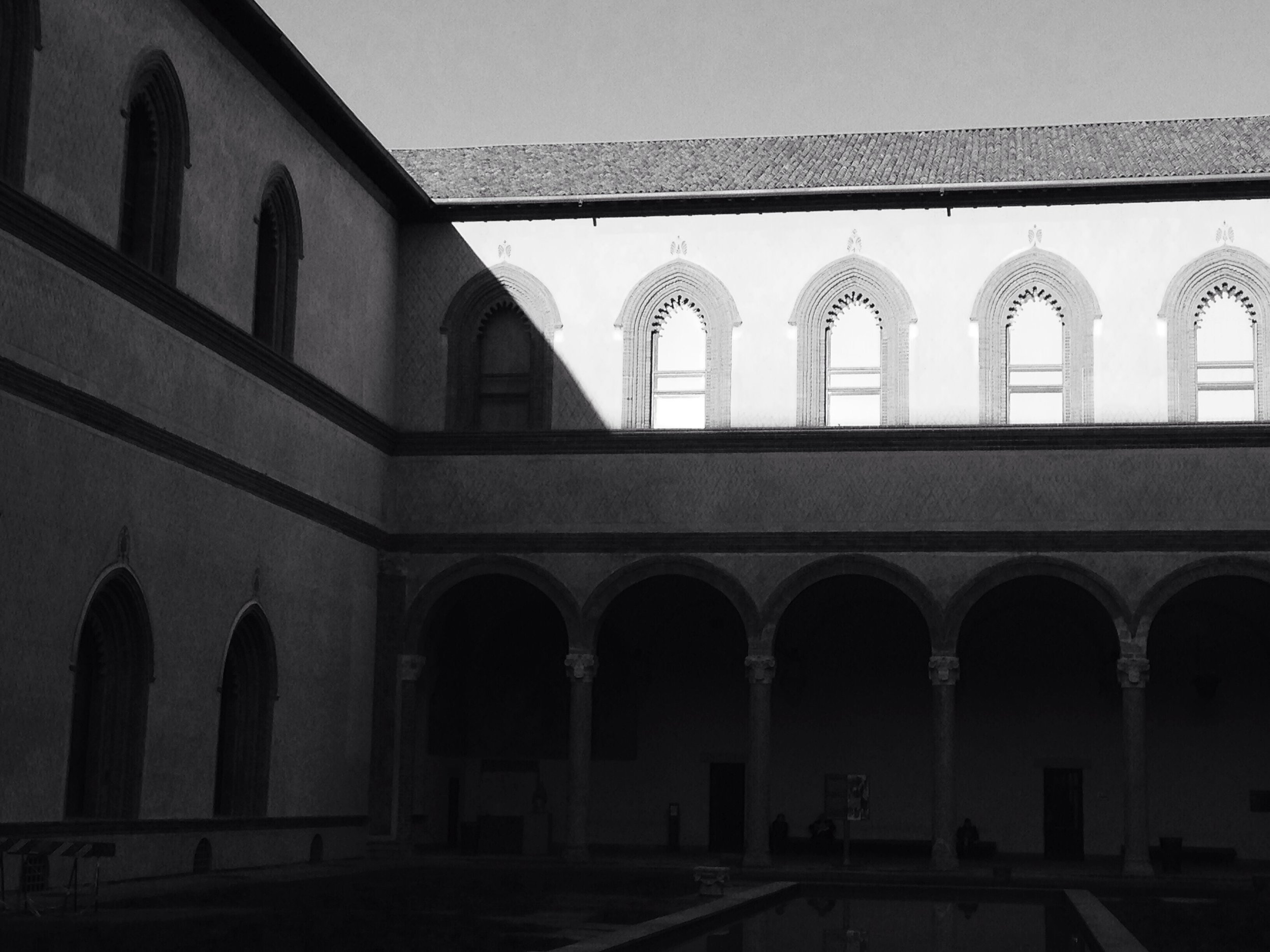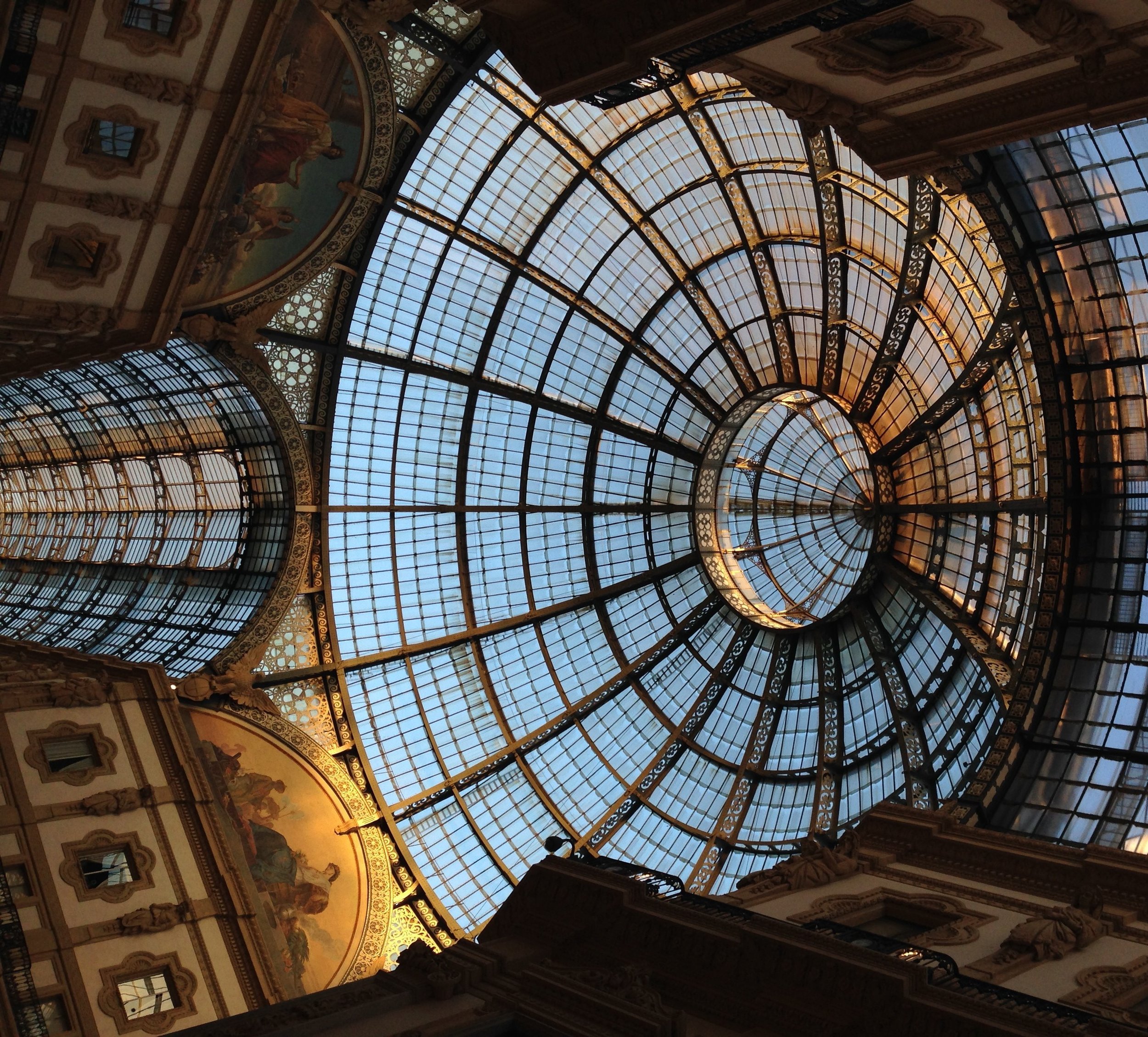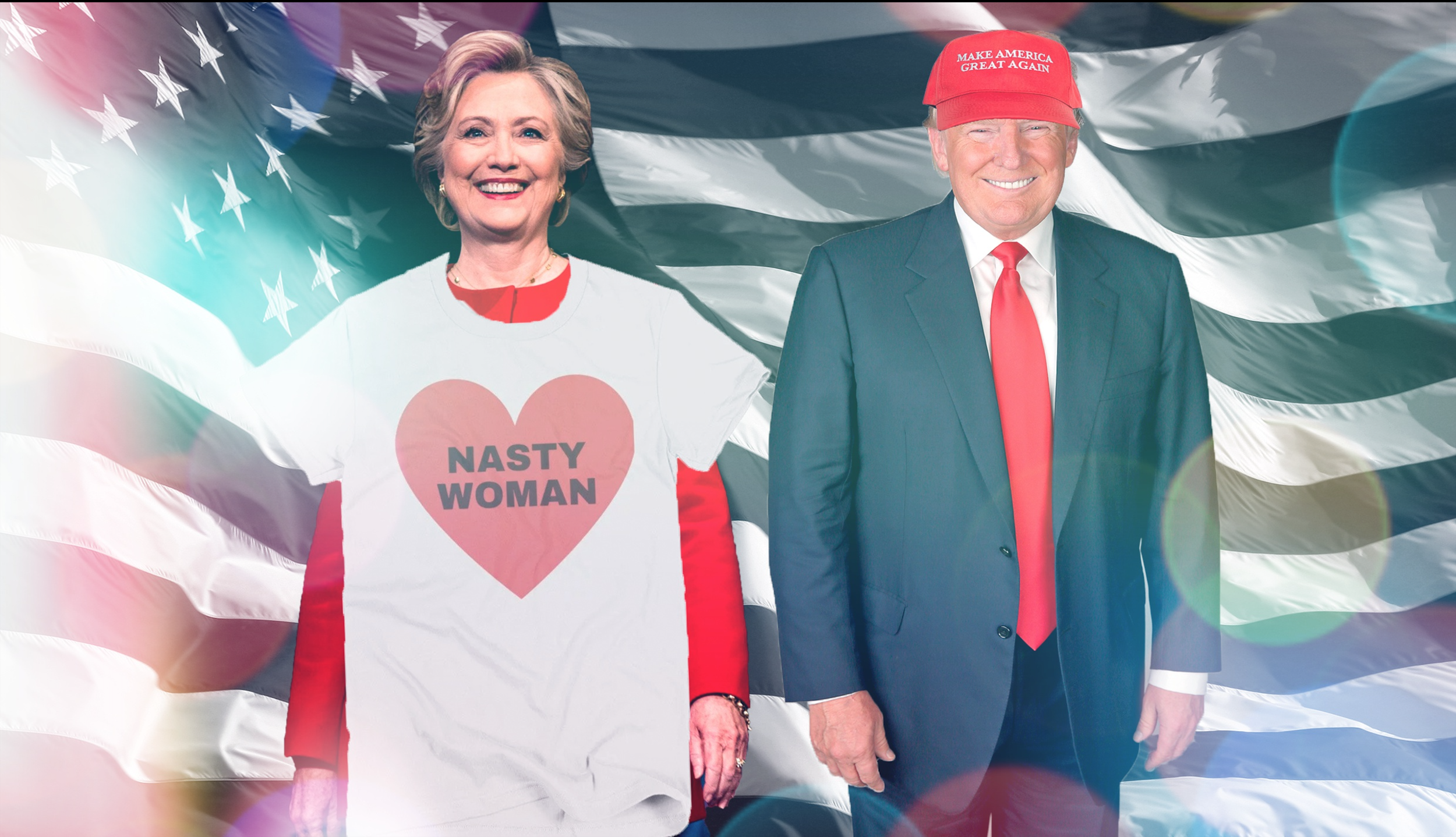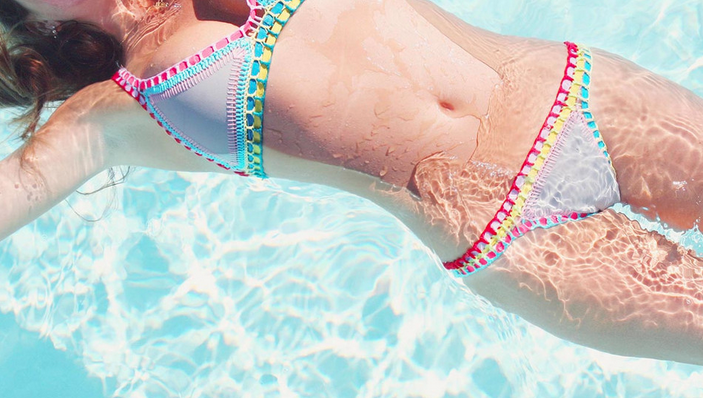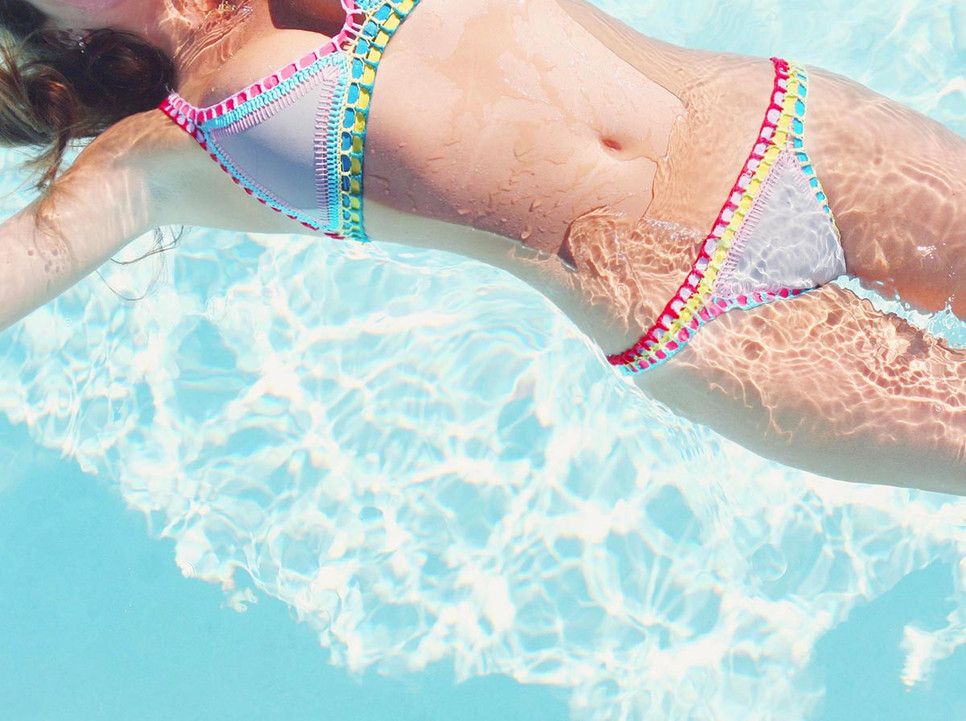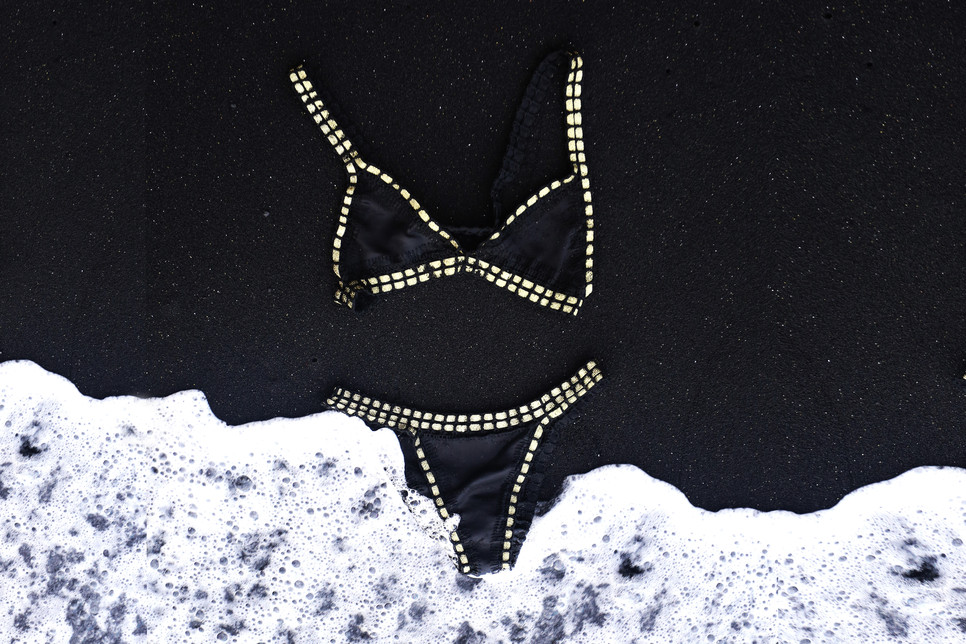Meme (/ˈmiːm/ MEEM): an idea, behaviour, or style that spreads from person to person within a culture — often with the aim of conveying a particular phenomenon, theme, or meaning represented by the meme.
Originally published on November 13, 2017 on Modern Melange
It was Richard Dawkins who first coined the word meme in his 1976 book The Selfish Gene, in order to explain how cultural information spreads through networks. Memes as cultural analogues can be likened to genes in that they too self-replicate, mutate, and respond to selective pressures. Today, nothing spreads faster than on social media, which is why the phenomenon of the internet meme (cue the “Y tho” baby) continues to have such an enormous impact on our lives, especially due to the intense proliferation of digital visual content we are constantly exposed to.We are automatically intrigued when we scroll onto a funny image followed by blunt text in form of hovering bloc letters - a welcome distraction amongst a sea of Facetuned selfies, flatlays, and food pics. Personally speaking, my favourite Instagram accounts (next to of course “The Doggist”) include Beige Cardigan, Betches, and fashion sound icon Michel Gaubert who consistently provide witty content which I consequently share onto my friends - I mean friends who laugh together stay together!Is our obsession with internet memes because they are so freakishly relatable? A simple tagline which perfectly expresses the human condition at a point in time? “This is literally me.”
Through sharing culture and online Word-of-mouth, this edited humour welcomes the potential for viral laughter and often singlehandedly adds to modern day pop-culture. Along with the visual and infectious nature of memes, it comes to no surprise that fashion is making the most of this click-bait opportunity.“I’m not sure if that’s necessarily a good thing, but everything a brand does today is about asking: “Is it bloggable? Is it shareable? If we launch this on the market, will people share this with their friends on Facebook and Instagram?” explains David Fischer, founder of Highsnobiety, in a 032c article which centred around fashion content in the digital age.Examples which best prove Fischer’s point are a plenty - most notably designed by Demna Gvasalia, head designer at Balenciaga and Vetements. Just looking at this year’s “must-haves” at Balenciaga there are those crocs, the Bernie Sanders inspired collection, thatIkea bag. Or the Louis Vuitton Stranger Things tee and not to mention the one hit wonder accessories from Dolce and Gabbana or Moschino. Even Chanel’s tongue in cheek handbags corresponding with the season’s narrative provide more than enough reason to click “share”.
Today’s luxury products motivate us to be the marketers. And how could we forget the brilliant Gucci Advertising campaign where Alessandro Michele invited a host of millennial meme-makers to promote a new collection of luxury watches through #TFW (translation: that feeling when) moments. Now does this not make fashion more accessible to all by reaching a wider audience? And like it or not, meme’s are only popular when they strike a chord within a network. They are an accurate temperature reading of the zeitgeist (and have thus been instrumental in political campaigning - for better or for worse…) which suggests they are perfectly suited for fashion, in terms of advertising and product creation. Is it not an advantage to create relevant fashion that relates to people’s lives and true situations instead of blissfully catering to select fenced off bubble for few?
However, on the other hand, the meme and its potential of going viral is based on a hyper-ephemerality quality, meaning click-bait fashions expire quickly. When you first see those Balenciaga crocs on Instagram you share that image immediately. It is fresh, bold, ironic - LOL worthy- but when the same platform crocs actually come into store 6 months in the future, they merely become a stale joke. Old news. Click bait fashion calls upon see-now buy now production and we all know that is a system that is almost impossible to successfully implement when considering the infinite stakeholders. And is it not ironic how we demand sustainability and less waste for landfill, but through our sharing culture we are only supporting throw away fads?
This leads me to ask if click bait is prioritised over culture? Fashion today is primarily made for internet consumption, not necessarily for physical form and function. The longevity of iconic design is in danger where true cultural value and innovation is overshadowed by the promise of viral status. We are reducing creative directors to meme-makers but is there even an alternative in this new environment?





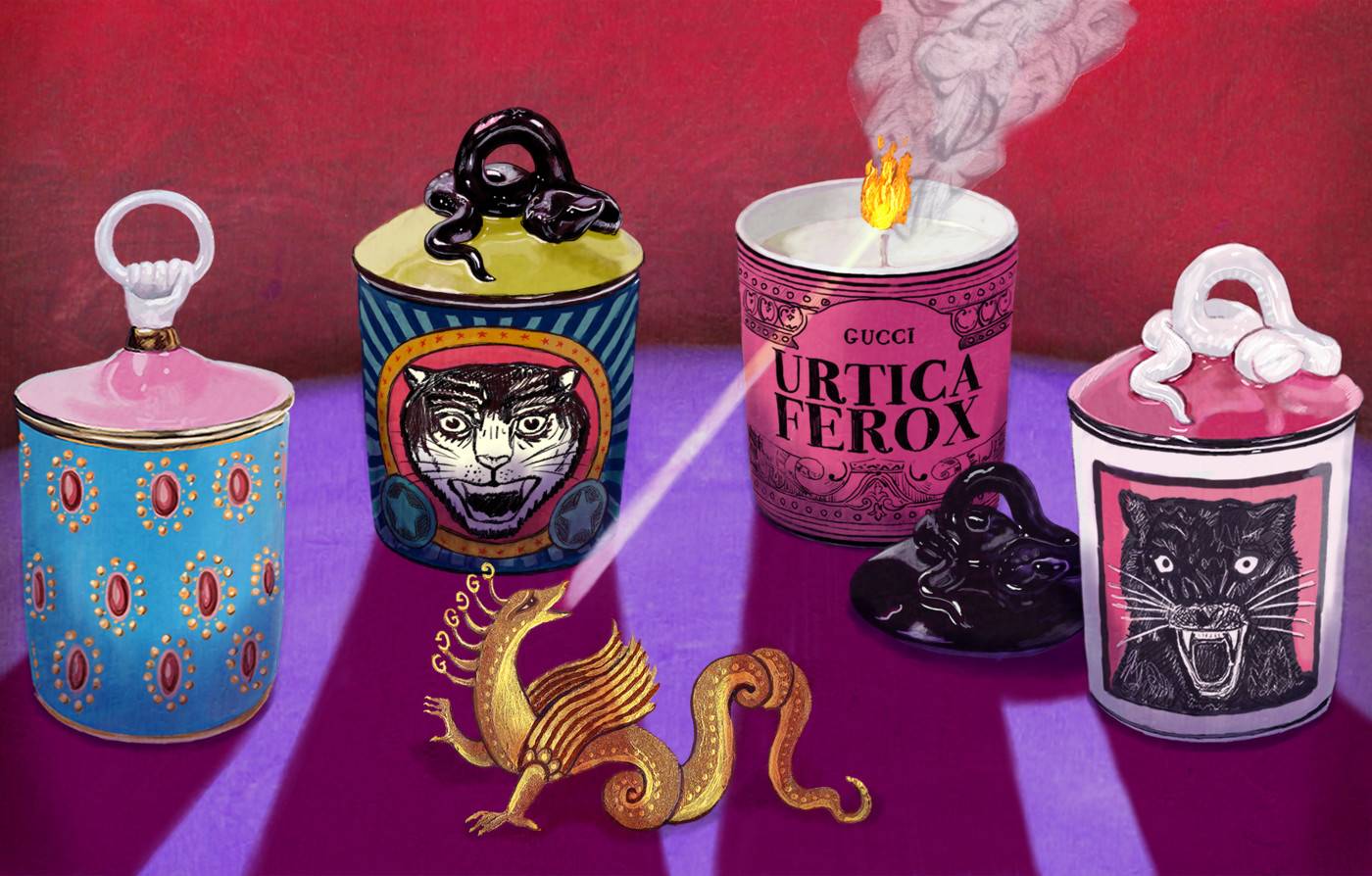 And as she clicked her sparkling ruby-red heels together three times, Dorothy recited blissfully “There’s no place like home”; a heartwarming sentiment applicable to those of us in and outside of Oz. It is equally regarded as a prophetic statement in terms of the newfound interest of luxury fashion brands investing heavily into the highly profitable homeware opportunity.
And as she clicked her sparkling ruby-red heels together three times, Dorothy recited blissfully “There’s no place like home”; a heartwarming sentiment applicable to those of us in and outside of Oz. It is equally regarded as a prophetic statement in terms of the newfound interest of luxury fashion brands investing heavily into the highly profitable homeware opportunity.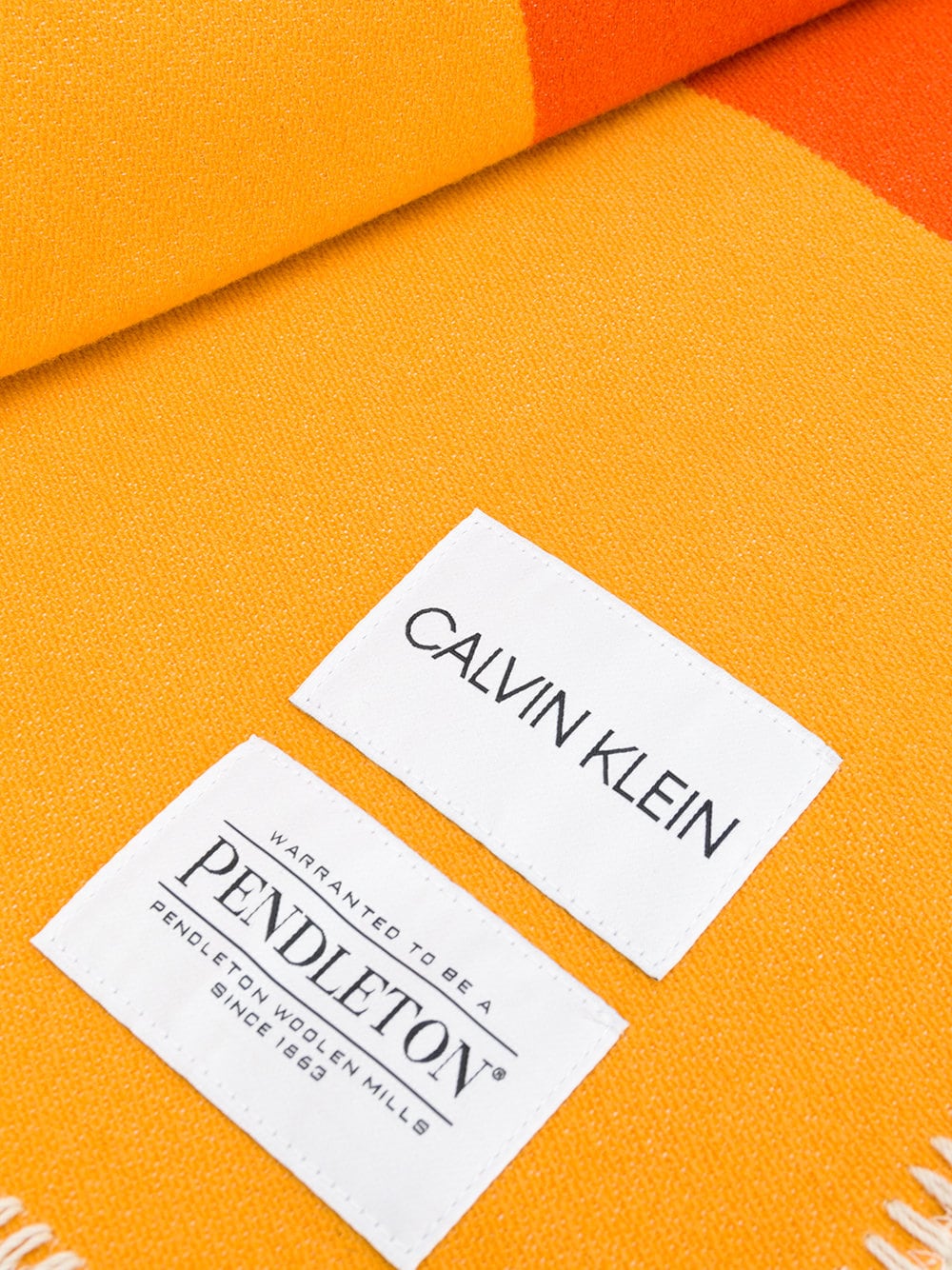 Last month, luxury e-tailer
Last month, luxury e-tailer 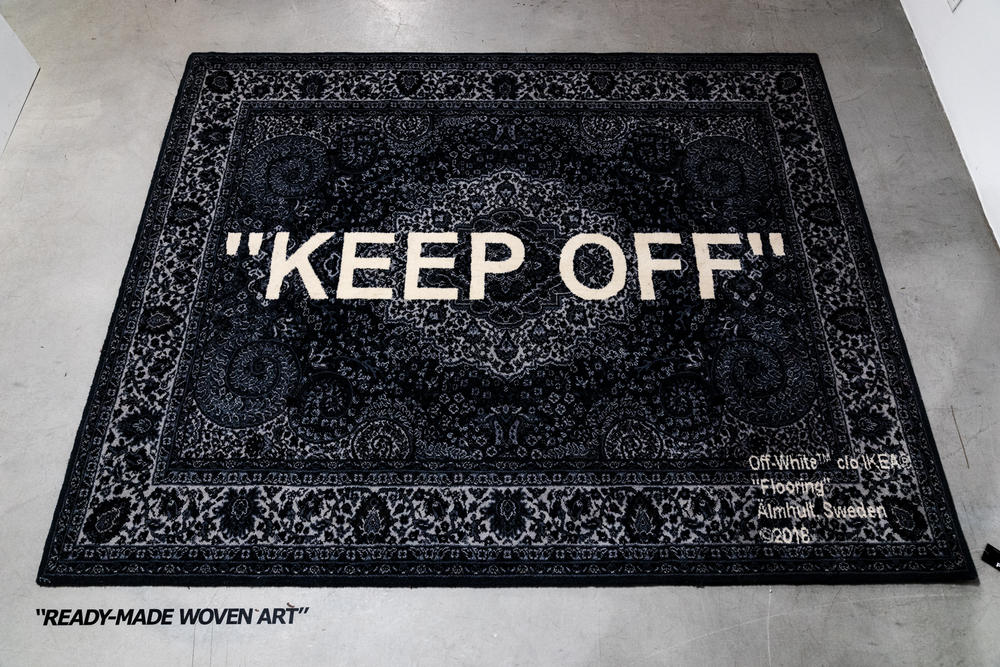 Another extremely influential creative director tapping into homeware projects is none other than Virgil Abloh - creative director of Louis Vuitton menswear and Off-White- who has recently produced a much hyped collection with Swedish furnishing powerhouse IKEA. The collection, which will be available for purchase in 2020, includes a series of self-referential rugs in Abloh’s established aesthetic and defining “AIRQUOTES”, as well as more complex pieces such as a Markerad chair with red wedges supporting the legs (although industry watchdog
Another extremely influential creative director tapping into homeware projects is none other than Virgil Abloh - creative director of Louis Vuitton menswear and Off-White- who has recently produced a much hyped collection with Swedish furnishing powerhouse IKEA. The collection, which will be available for purchase in 2020, includes a series of self-referential rugs in Abloh’s established aesthetic and defining “AIRQUOTES”, as well as more complex pieces such as a Markerad chair with red wedges supporting the legs (although industry watchdog 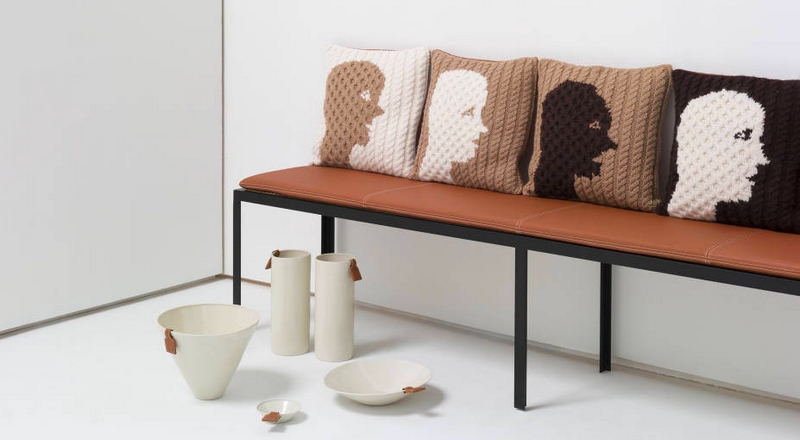 Style seeps into all areas of one’s life and chosen environment- clothing is only one singular piece of the puzzle and (the leading) fashion brands appreciate this- especially due to our preference for “experience” over goods. I say (or hope…) that the notion of style (something of longevity) has overshadowed “fashion” (something rapidly changing) and it is a 360* experience based on aesthetics, touch, smell, and sound, equaling a total sum of personal taste; thus interiors are of course the natural extension of personal style.
Style seeps into all areas of one’s life and chosen environment- clothing is only one singular piece of the puzzle and (the leading) fashion brands appreciate this- especially due to our preference for “experience” over goods. I say (or hope…) that the notion of style (something of longevity) has overshadowed “fashion” (something rapidly changing) and it is a 360* experience based on aesthetics, touch, smell, and sound, equaling a total sum of personal taste; thus interiors are of course the natural extension of personal style.